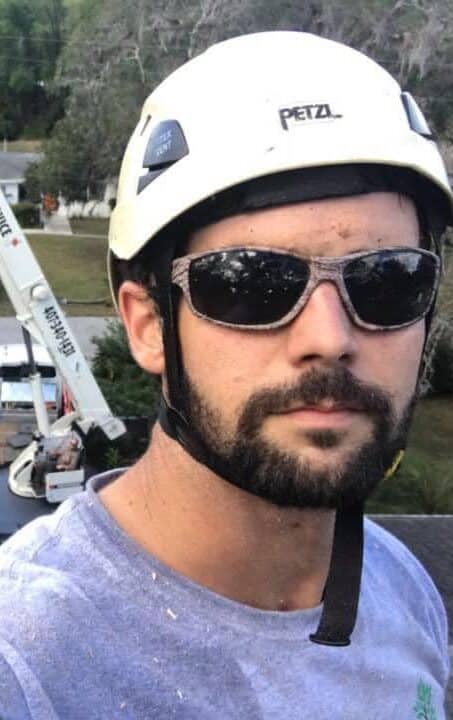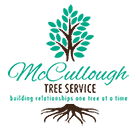By: Shelby McCullough| Published: June 1, 2024
Trees add beauty and value to our properties, but there are times when a tree may need to be removed for safety or health reasons. Understanding the signs that indicate when your tree needs removal is crucial for maintaining the safety and aesthetics of your landscape. This guide will help you identify these signs and explain why timely removal is essential.
Why Trees Need Removal
Trees might need to be removed for various reasons, including disease, structural issues, or interference with property. Ignoring these signs can lead to more significant problems, such as property damage or personal injury.
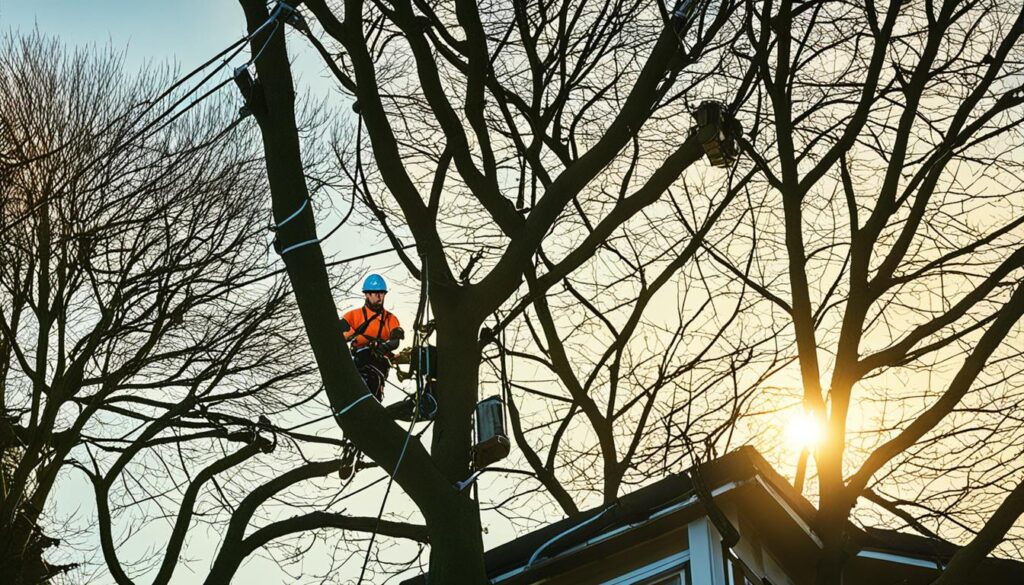
Common Signs Your Tree Needs Removal
1. Dead or Dying Tree
One of the most obvious signs your tree needs removal is if it’s dead or dying. Dead trees can become brittle and pose a severe risk of falling.
Signs of a Dead Tree:
- No Leaves in the Growing Season: If your tree has no leaves during the growing season, it may be dead.
- Brittle Branches: Break off easily and have no green inside.
- Fungal Growth: Mushrooms growing at the base indicate decay.
2. Severe Damage from Storms
Trees severely damaged by storms may need removal to prevent accidents.
Indicators of Storm Damage:
- Broken Branches: Large branches that are broken or hanging.
- Cracks in the Trunk: Significant cracks indicate structural weakness.
- Leaning Tree: A tree leaning more than 15 degrees may need removal.
3. Disease Infestation
Diseased trees can pose a risk to other healthy trees and plants in your yard.
Symptoms of Disease:
- Discolored Leaves: Yellow, brown, or spotted leaves.
- Unusual Growths: Cankers or fungal growths on the trunk.
- Pest Infestation: Signs of pests such as holes in the bark or sawdust at the base.
4. Structural Issues
Structural problems can make a tree hazardous.
Structural Warning Signs:
- Multiple Trunks: Trees with multiple trunks can split.
- Root Damage: Visible roots that are broken or decayed.
- Unstable Base: Soft or decaying wood at the base.
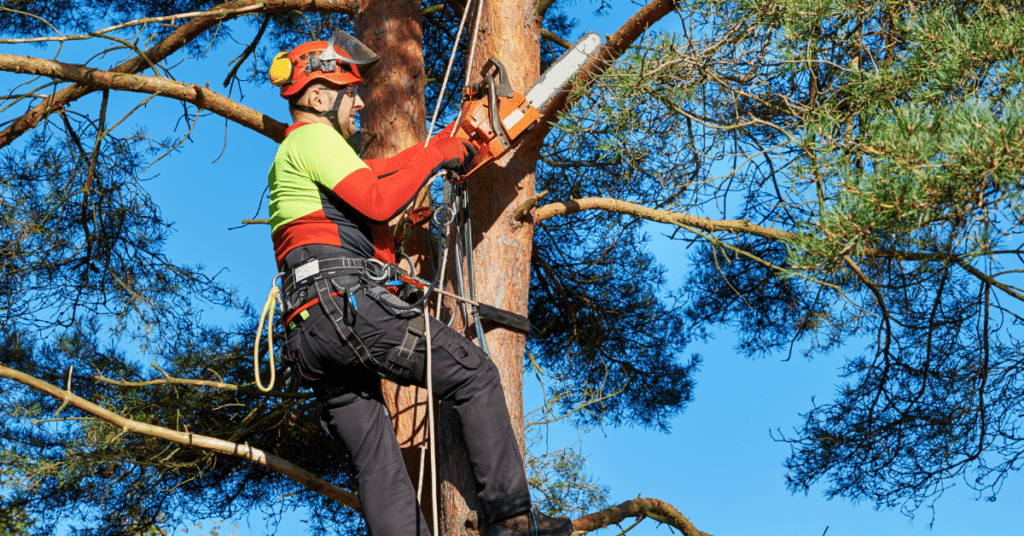
Visual Indicators and Description Lists
Understanding visual indicators is crucial for identifying when your tree needs removal. Here’s a description list of what to look for:
- Deadwood: Dead or decaying wood within the tree’s structure.
- Fungal Bodies: Presence of mushrooms or other fungal growths.
- Bark Changes: Cracked, peeling, or missing bark.
- Root Issues: Visible roots that are heaving or exposed, indicating instability.
The Process of Tree Removal
Removing a tree involves several steps to ensure safety and efficiency.
Steps in Tree Removal:
- Assessment: A certified arborist assesses the tree’s condition.
- Planning: Determining the best removal method considering the tree’s location and size.
- Execution: Using professional equipment, the tree is carefully cut down.
- Clean-Up: Debris is cleared, and the area is made safe.
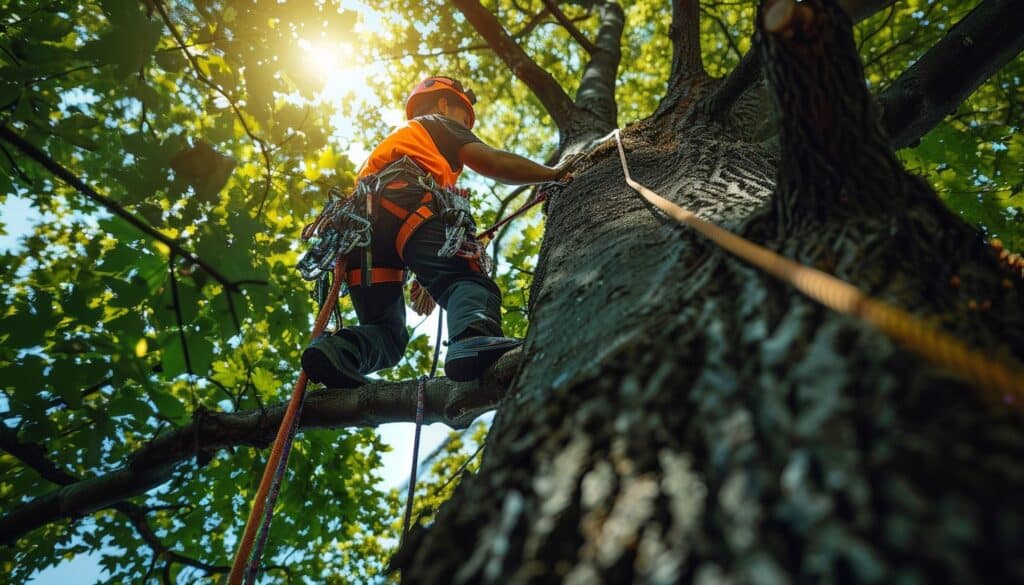
Importance of Professional Tree Removal Services
Hiring professional tree removal services, like those provided by McCullough Tree Service, ensures the job is done safely and efficiently.
Benefits of Professional Services:
- Safety: Trained professionals minimize risks.
- Proper Equipment: Access to specialized tools and machinery.
- Expertise: Knowledge of tree health and removal techniques.
Conclusion
Recognizing the signs that your tree needs removal can prevent accidents and maintain the health of your landscape. If you notice any of these signs, it’s essential to consult with a certified arborist. Professional services ensure that the removal is done safely and effectively, protecting both your property and your loved ones.
FAQs
Q1: How can I tell if my tree is dead?
A1: Look for signs such as no leaves during the growing season, brittle branches, and fungal growth at the base of the tree.
Q2: What should I do if a tree is leaning?
A2: A tree leaning more than 15 degrees from vertical should be evaluated by a professional for potential removal.
Q3: Can pests indicate that my tree needs removal?
A3: Yes, pest infestations, such as holes in the bark or sawdust at the base, can indicate severe health issues that may require removal.
Q4: Why is professional tree removal recommended?
A4: Professional removal ensures safety, proper equipment use, and expert handling of the tree, minimizing risks to property and people.
Q5: What are the steps involved in tree removal?
A5: The process includes assessment, planning, execution, and clean-up, all conducted by certified professionals.
For more information or to schedule a consultation, contact McCullough Tree Service at (407) 734-5854.
